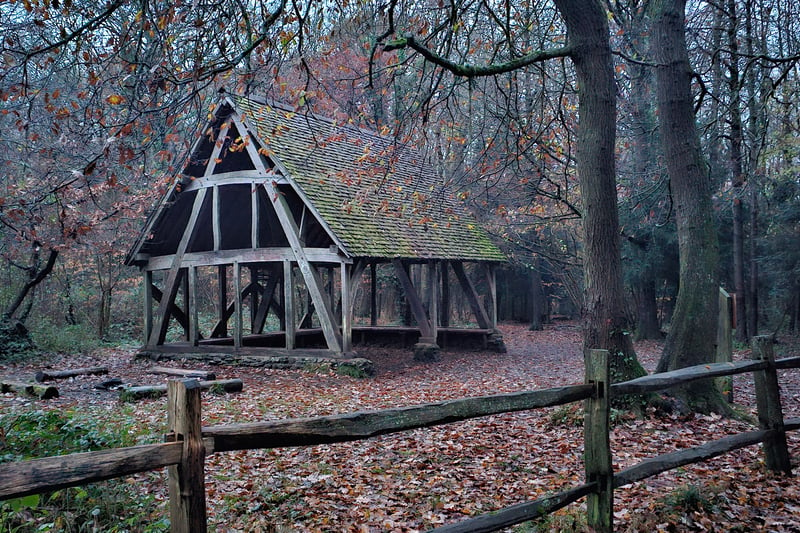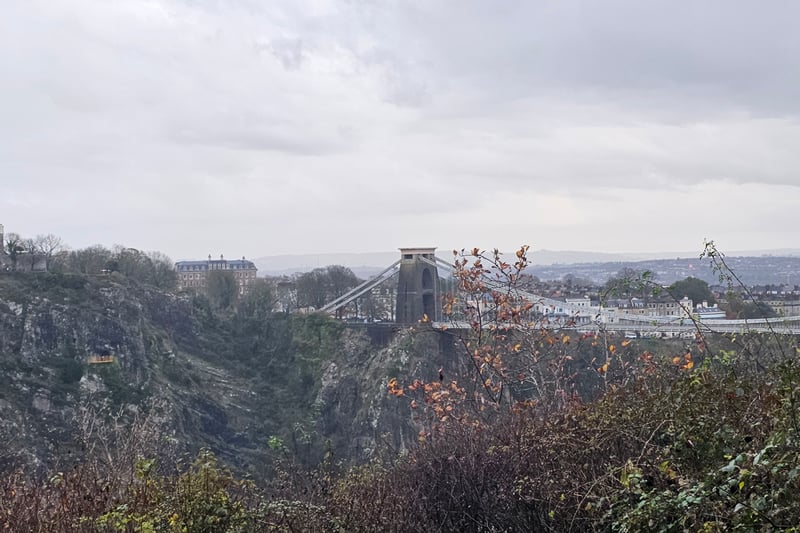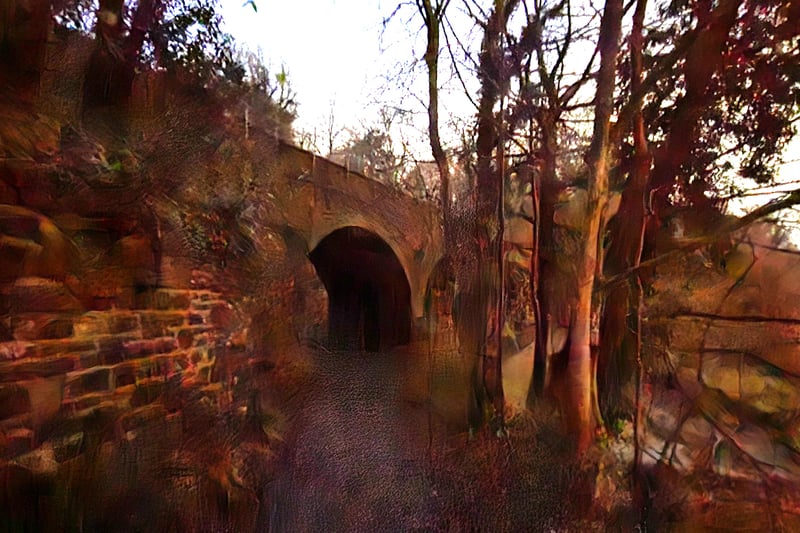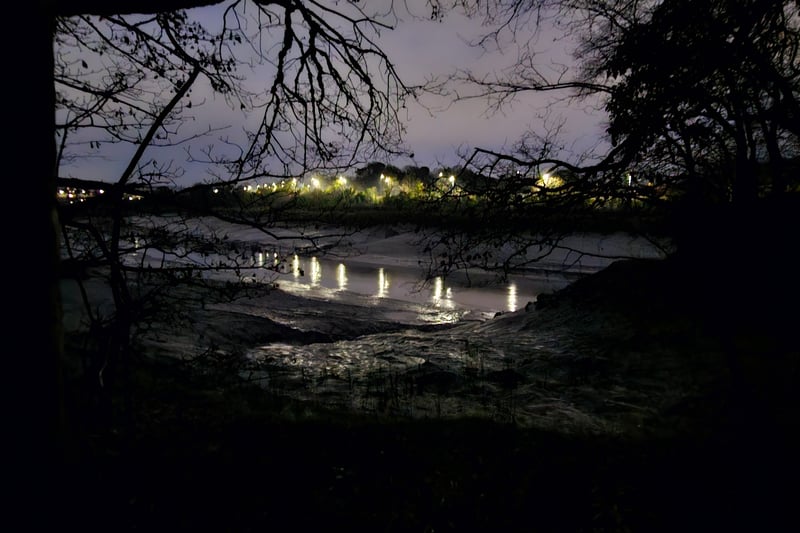Covering two square kilometres of land to the west of Bristol’s Avon Gorge, Leigh Woods is the largest area of ancient woodland in the city.
Leigh Woods is home to the largest and best preserved of three Iron Age hill forts built to guard the approach of the River Avon: Stokeleigh Camp.
Archaeological excavations in the 1960s dated the site as far back as the late 3rd century BC where it was used for 400 years and provided a home for people again in the 3rd and 4th centuries AD.
During the 1830s, 170 acres of land were leased to William Watkins by the then-owners of Leighwood, the Smyth Family of Ashton Court. Watkins cleared large parts of the woodland and erected fences to create a rabbit warren which he charged visitors a penny to explore.
After the completion of the Clifton Suspension Bridge in 1864, which enabled easy access across the River Avon from Leigh Woods to the desirable suburb of Clifton, Leigh Woods suddenly became highly sought-after.
Soon after, the Bristol Times announced that Sir Greville Smyth of Ashton Court had sold the land to a property developer who intended to build “some 800 tenements, many of them of a poor character on the romantic site, thereby making it an eyesore to Clifton”.
The Leigh Woods Land Company, a group of wealthy Bristolians, opposed the move and after the sale fell through, Smyth eventually sold the land to them.
Between 1880 and 1920, Leigh Woods was the site of celestine - a mineral known for its attractive, crystal-like appearance and pale blue colour - quarries.
It is believed that Bristol provided 90 per cent of the world's celestine during this period, with each batch from the Leigh Woods quarry being transported to a dock on the Avon by a (now defunct) tramway.
In 1909, George Alfred Wills, the head of an eminent Bristol family, decided to donate 80 acres of Leigh Woods to the National Trust, however, this did not include the area with the quarries, and stone excavation continued for some time after.
In 1936, Walter Alfred, George Alfred Wills’ brother, donated a further 60 acres of land which included the last quarry in operation, bringing the practice to a final halt.
Nowadays, half of the woodland is owned by the National Trust (the area where the old fort is and the Clifton Suspension Bridge viewpoint) and the other half is owned by Forestry England. The boundary border is the stone wall in the middle of the woodland.
Here are 24 photos from our visit to Leigh Woods:

1. Green Barn
The Green Barn is located in the Forestry England section of the woodlands which maintains the area for schools and learning providers who regularly use the site.

2. Stunning views
Visitors can enjoy stunning views of Clifton and the Clifton Suspension Bridge by continuing northeast on the path by Stokeleigh Camp.

3. Bridge
We passed by the Miles Dock underbridge in our search for the Leigh Woods Grotto.

4. Avon Gorge
Visitors can enjoy fantastic views of the Avon Gorge by following the River Avon Trail on the way to the Leigh Wood Grotto in the south west part of the nature reserve.